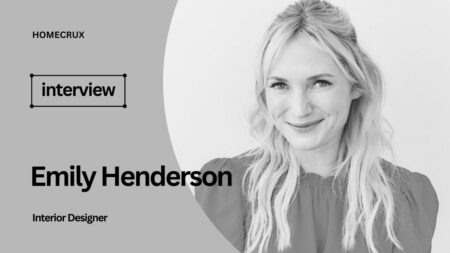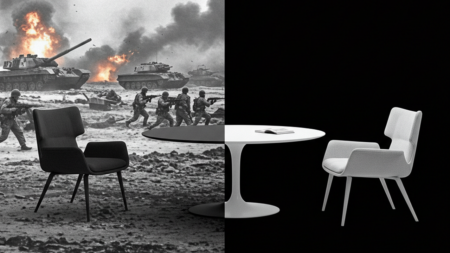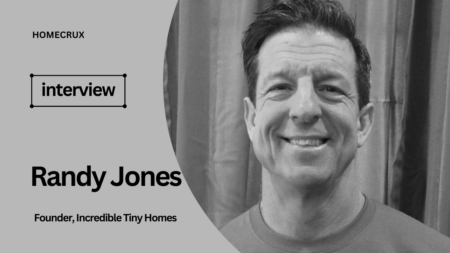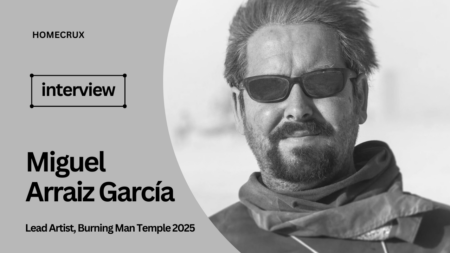Pioneers of the Hungarian cabin movement, the Budapest-based design studio Hello Wood has been creating tiny wooden cabins, large scale installations, and more for almost a decade now. Besides experimenting with wood and sustainable materials, the design studio organizes workshops for artists and architects from around the globe. We are huge fans of the studio’s bent for tiny lifestyle and their perpetual effort – in both pre and now the ongoing COVID-19 era – to foster the idea of secluded, private living/working space.
The more popular of their designs include the Workstation Cabin and the Kabinka – tiny cabins for private office or retiring space – one can setup up in the backyard. In order to understand the studio’s idea behind these architecturally-minded home/office cabins and their future plans, we got in touch with the founders of Hello Wood (András Huszár, Peter Pozsár, Dávid Ráday, Krisztián Tóth). Head down to read our conversation with them.
Homecrux (HC): How and when did your journey as Hello Wood begin?
Dávid Ráday (DR): Hello Wood started out as an art camp in 2010, and over the years, has grown into a global hub for architects, designers, and woodworkers looking to new ways of sharing and producing knowledge. Today we exist both as a creative architecture and design studio and an educational platform for architectural dialogue and experimentation.
HC: Workstation Cabin is a beautiful creation. It is famous across the world. How did the idea come about?
DR: We started to experiment with parametric design, modern CNC technology and tiny houses years ago, and as our very design sensitive client wanted a special and inspiring workspace for its employees, it was a good opportunity to combine everything and design a futuristic, yet lovable shaped cabin. As it turned out to be successful, we continued to develop this product and make it available for others.
HC: How’s Workstation Cabin different from others?
DR: It’s not only a pod for work but also a very distinctive, spectacular design object. You can love your work environment.
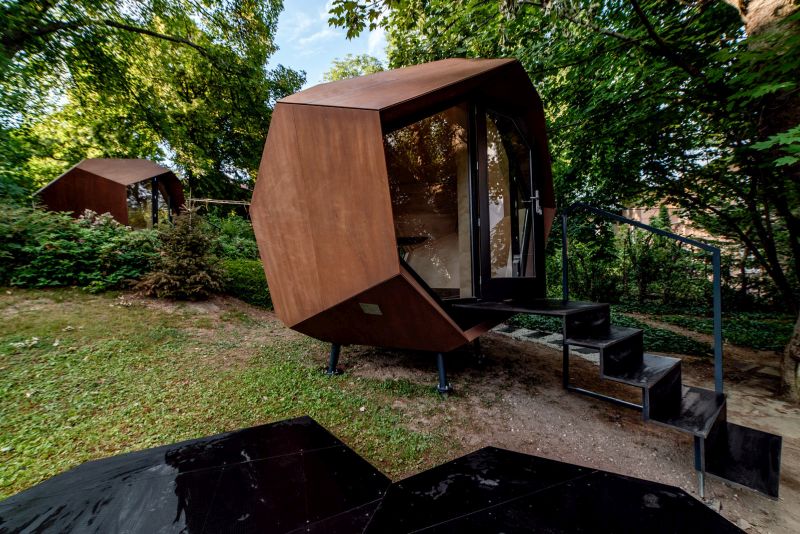
HC: Your love for wood is obvious. Why just wood? What’s your take on sustainability and green living?
DR: Working in wood is adequate when building with students: it’s the easiest material to be able to raise big structures with no specialized, professional experience. We also believe that wood is the obvious, sustainable building material. It is very important to use renewable sources, we try to incorporate planting trees in our life, etc. – but it’s also important to use the most relevant materials – meaning we use other materials too when it’s more suitable.
HC: Is Workstation Cabin born out of the current situation (Coronavirus pandemic)?
DR: The need for a cool looking meeting pod was before the Covid19 situation, but the idea of having a “home office cabin” in your garden, to be able to separate work from family life came because of the lockdown situation.
HC: Any suggestions to people who want to own an office pod/cabin?
Contact us :). We currently deliver in Europe and working on overseas partnerships to be able to sell outside Europe as well.
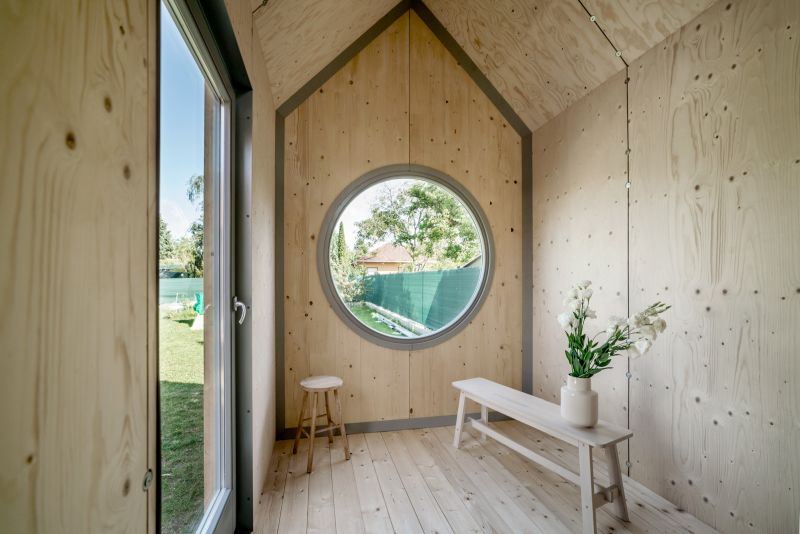
HC: How will the present situation shape the future of work in the office?
DR: We think working from home will become a more and more preferred way (where it is appropriate). We also think that this current situation is a challenge that humanity can and should solve and prevent in the future by learning from mistakes, standing together, being less egocentric and more cooperative, sympathetic, socially engaged and accepting that reasonable growth must be enough to survive in the long term.
HC: What is the role and importance of design in productivity at work from an architect and designer’s viewpoint?
DR: Same as 3rd answer: „It’s not only a pod for work but also a very distinctive, spectacular design object. You can love your work environment.” Meaning that inspiring spaces bring inspiring ideas! Dull office spaces, cubicles must be a thing of the past.
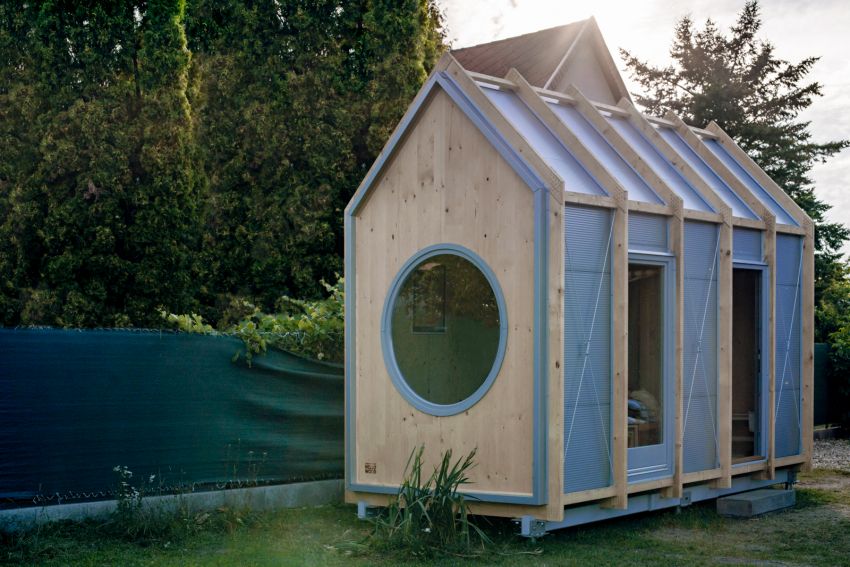
HC: Considering the current situation (Coronavirus pandemic), how do you see the role of an architect/designer changing? Can better design(s) help fix this and how?
DR: The purpose of design must be problem-solving. Critical times are the times crying for better designs! Action is key! These new needs provoking hopefully better designs from everyday objects to community spaces, from healthcare to service design. The how is a good question, but problems and challenges are all around, one should pick the closest, fitting, and probably local most disturbing issues to redesign. Even small action can provoke big change you know…
HC: Is the present situation (Corona Virus outbreak) affecting your life and business? What are your future plans?
DR: It is affecting everyone’s life and business but we try to keep our eyes on the future, we are not afraid to adapt or even invest. We have a plan to open our own beautiful Hello Wood cabin getaway resort in the near future in Hungary for example!
HC: The most challenging project you and your team have worked on?
DR: To build an installation overseas (Toronto), convincing the city of Budapest that it needs a Pop-up Park, developing houses as prefab design products, managing sustainable serious educational programs, publishing books…we only have challenging projects
HC: Who would you like to design something for?
DR: Elon Musk
HC: An architect or designer you appreciate a lot?
DR: Well there are many inspirations, we like architects working a lot with wood, building beautiful structures like Kengo Kuma, Shigeru Ban, Peter Zumtor, etc. also involving other aspects, being educative, socially engaged like Urban Think Tank.
HC: Any suggestions for budding architects/designers?
DR: We believe that building is a way of life. Building things but communities, personalities as well. Architects should experience real life and materials, should listen to people and nature. We all should create value, not objects. Becoming social entrepreneurs is a must. So become an extraordinary designer and a better human being at the same time!
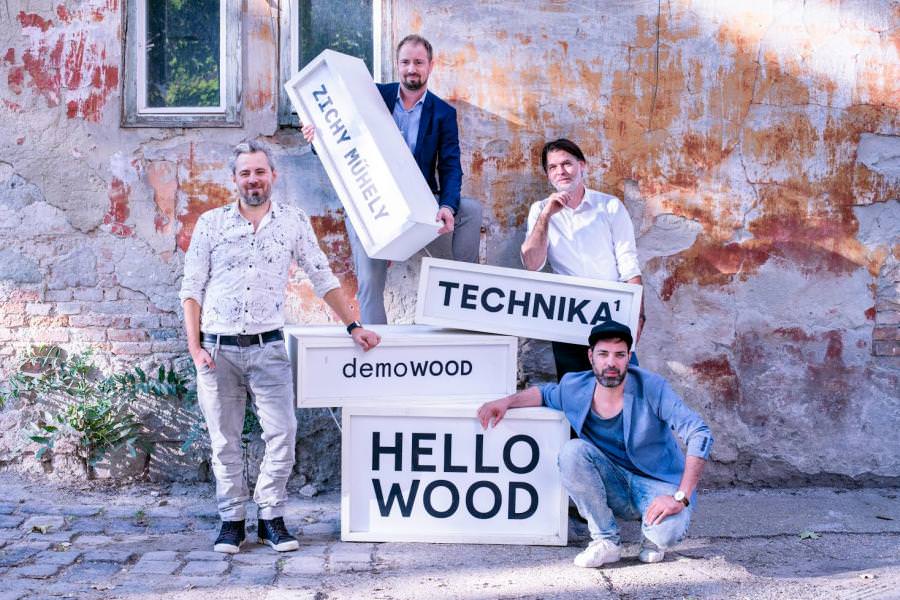
Follow Homecrux on Google News!

